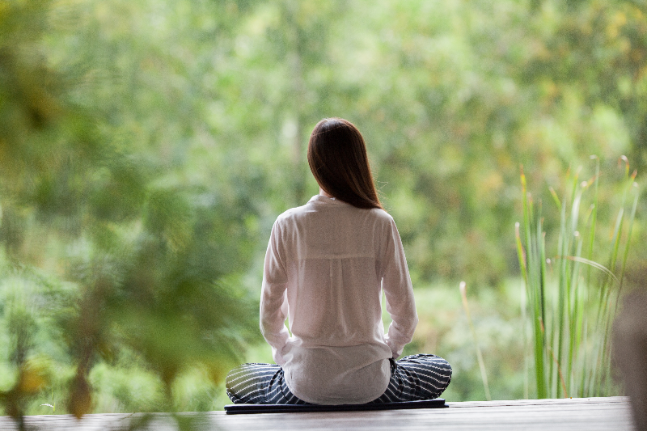Pranayama & Breathing exercise

Pranayama & Breathing exercise

In yoga, as in life, breathing can be taken for granted. It’s something we do automatically, involuntarily, unconsciously. But our yoga ancestors understood that breath is life. This is why pranayama or yogic breathing, is sometimes referred to as the “heart of yoga.”
Pranayama is the fourth of the Eight Limbs of yoga, but is just as important as asana, or the physical postures. From ancient times, yoga practitioners believed that pranayama had the power to bring the body and elevate the mind and spirit. In recent years, contemporary science supports what ancient tradition has taught for centuries: awareness of the breath can directly affect the quality of your health and your life.
The word pranayama is a combination of prana and ayama, which translates as “to extend, expand or draw out.” Some also say that the word is the combination of prana and yama, or “control.” With either translation, you arrive at the same concept: pranayama is a practice that involves the management or control of the breath. As implied by the literal translation of pranayama, yogis believe that this practice not only rejuvenates the body but actually extends life itself.
You can do pranayama as a stand-alone practice: Sit or lie quietly as you experiment with the various breathing exercises. Or incorporate it into asana practice, coordinating your breath with your movements. You can also introduce pranayama into your daily activities–during physical exercise or exertion, in stressful situations‚ or to help you cope with health challenges such as insomnia.
Benefits of Pranayama
The ancients believed that pranayama practice was a powerful tool for healing and for enhancing general vitality. Nadi Shodana, for example, has been practiced to synchronize the two hemispheres of the brain and purify the subtle energy channels (nadis) of the body so the prana flows more easily during pranayama practice. Viloma Pranayama is thought to calm the body and mind, reduce anxiety and tension, relax the nervous system, boost lung capacity, and energize and cool the body.
he body must be prepared for pranayama, especially for techniques that involve holding the breath or breathing forcefully or vigorously, such as Kapalabhati. He suggests that asana practice helps strengthen the body for the physical aspects (and results) of the practice. Practicing the yamas and niyamas help with the necessary mental preparation.There are many different types of yogic breathing techniques–and many variations on how they are taught. Some of the more common ones that you might encounter in a yoga class are below.
* Ujjayi Pranayama
* Sama Vritti Pranayama
* Dirgha Pranayama
* Nadi Shodhana Pranayama
* Kapalabhati
